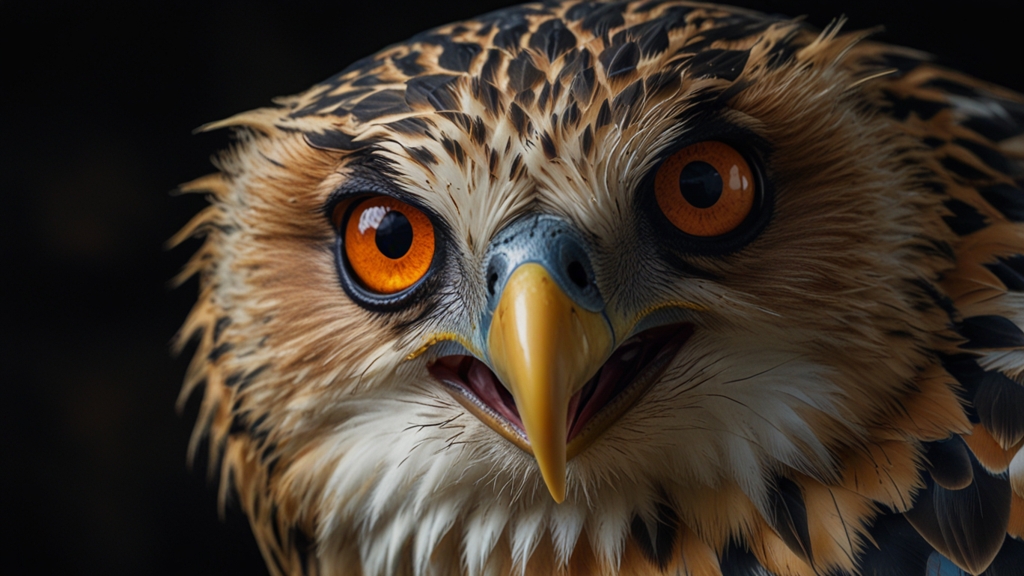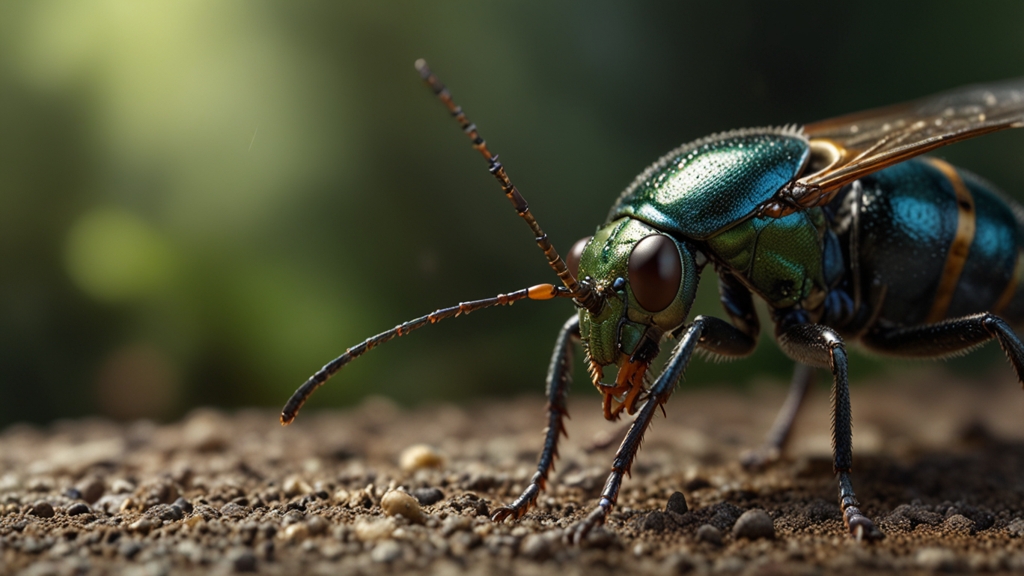Birds of Prey: The Masters of the Sky Uncovered
Birds of prey, also known as raptors, are amongst the most fascinating and formidable creatures to grace our skies. Characterized by keen vision, powerful talons, and hooked beaks, these birds are superbly adapted for hunting and sustenance in various ecosystems. This article delves into the captivating world of these aerial predators, exploring their different types, unique adaptations, and their critical roles in our environment.
Types of Birds of Prey
Birds of prey are broadly categorized into several groups, each with its distinctive traits and behaviors. The most recognized categories include:
- Eagles: Known for their impressive size and strength, eagles are powerful hunters. Species such as the Bald Eagle and the Golden Eagle are iconic symbols of power and freedom.
- Hawks: These medium-sized raptors are agile fliers, often seen soaring or perched in open areas. The Red-tailed Hawk is one of the most familiar hawks in North America.
- Falcons: Renowned for their unparalleled speed, falcons, like the Peregrine Falcon, can reach diving speeds of over 200 mph, making them the fastest animals on earth.
- Owls: These nocturnal hunters are masters of stealth, with incredible night vision and silent flight. The Great Horned Owl and the Barn Owl are well-known species.
Adaptations for the Hunt
Birds of prey are evolutionary masterpieces, equipped with adaptations that make them proficient hunters. Their exceptional vision allows them to spot prey from great distances. Some raptors can see ultraviolet light, which helps them track the trails of small mammals.
Their sharp, curved talons are designed for grasping and killing, while strong hooked beaks are perfect for tearing flesh. The physical power and agility of these birds enable them to capture and transport prey often as large as themselves.
"The Peregrine Falcon's dive, known as a 'stoop,' not only showcases its breathtaking speed but also its precision and mastery of aerial hunting. Such adaptations are a testament to millions of years of evolutionary refinement," explains Dr. Jane Avian, Ornithologist.
Ecological Importance
Birds of prey play a vital role in maintaining ecological balance within their habitats. By controlling the populations of rodents, insects, and other small animals, they help prevent overpopulation and the subsequent depletion of vegetation and crops. This natural pest control is invaluable to both agricultural environments and natural ecosystems.
Moreover, as apex predators, raptors are indicators of environmental health. A decline in their numbers often signals underlying issues within the ecosystem, such as pollution or habitat destruction.
"Raptors are barometers for our ecosystem's health. Their presence and well-being reflect the state of our environment and the impacts of human activities. Conservation efforts for these birds are crucial for broader ecological preservation," says Teresa Eagleton, Wildlife Conservationist.
Conservation Efforts
Despite their formidable nature, raptors face numerous threats, including habitat loss, pollution, and illegal hunting. Conservation initiatives are essential to protect these birds and ensure their survival. Efforts include habitat restoration, legal protection, and public education to reduce human-wildlife conflicts.
Organizations worldwide are dedicated to raptor conservation, often involving tracking and research projects to monitor populations and health. Public involvement through citizen science and support for conservation groups can significantly impact these efforts.
Conclusion
The majesty and prowess of birds of prey are unrivaled in the animal kingdom. Their existence is not only a testament to the beauty and complexity of nature but also a cornerstone of ecological health. As we uncover more about these masters of the sky, it becomes increasingly evident that their conservation is imperative.
Their survival hinges on our commitment to protecting the environment, ensuring that future generations can marvel at the sight of a soaring eagle or the silent flight of an owl. In safeguarding raptors, we preserve the very fabric of our natural world.










